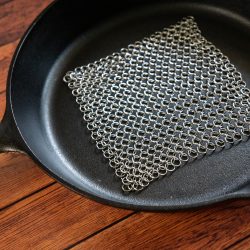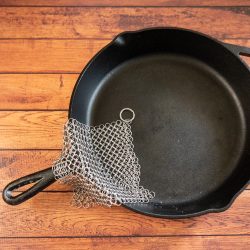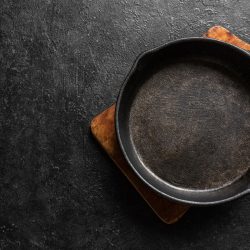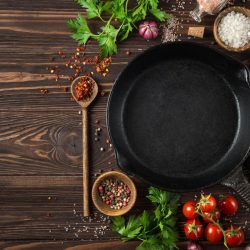Cooking is a skill that is usually passed on from family members or others without question. But somewhere along the way, people might be curious about what works best under certain conditions. More specifically, what are the best types of pots and pans for cooking on a gas stove? If you're looking to step up your cooking game, let's investigate further and see what others have to say!
Since gas stovetops offer more versatility than induction stovetops, there is no one true best type of pot and pan to use on it. You're free to use any material you'd like. However, each material performs differently. So, technically, some pots and pans perform better in certain circumstances. Here are some recommendations:
- Stainless steel
- Aluminum
- Cast iron
Although you have the recommendations you've been looking for, there are still more details to go over. You might want to know why these three perform the best on a gas stove. Additionally, there are some honorable mentions that you should also consider. We'll follow it up with reasons why one material functions better than the other in certain situations. If you'd like to learn this and more, keep reading ahead.

What Does A Gas Stove Offer?
Before we go into the details, let's go over how gas stoves perform over the other options. Since we're dealing with pots and pans, we'll cover the cooking aspect of it. So, what does it offer over inductions stoves?
Depending on your situation, you'll most likely find yourself renting or purchasing a home that has a gas stove included. If you do, consider yourself lucky. Many chefs prefer to work on a gas stove rather than an induction one.
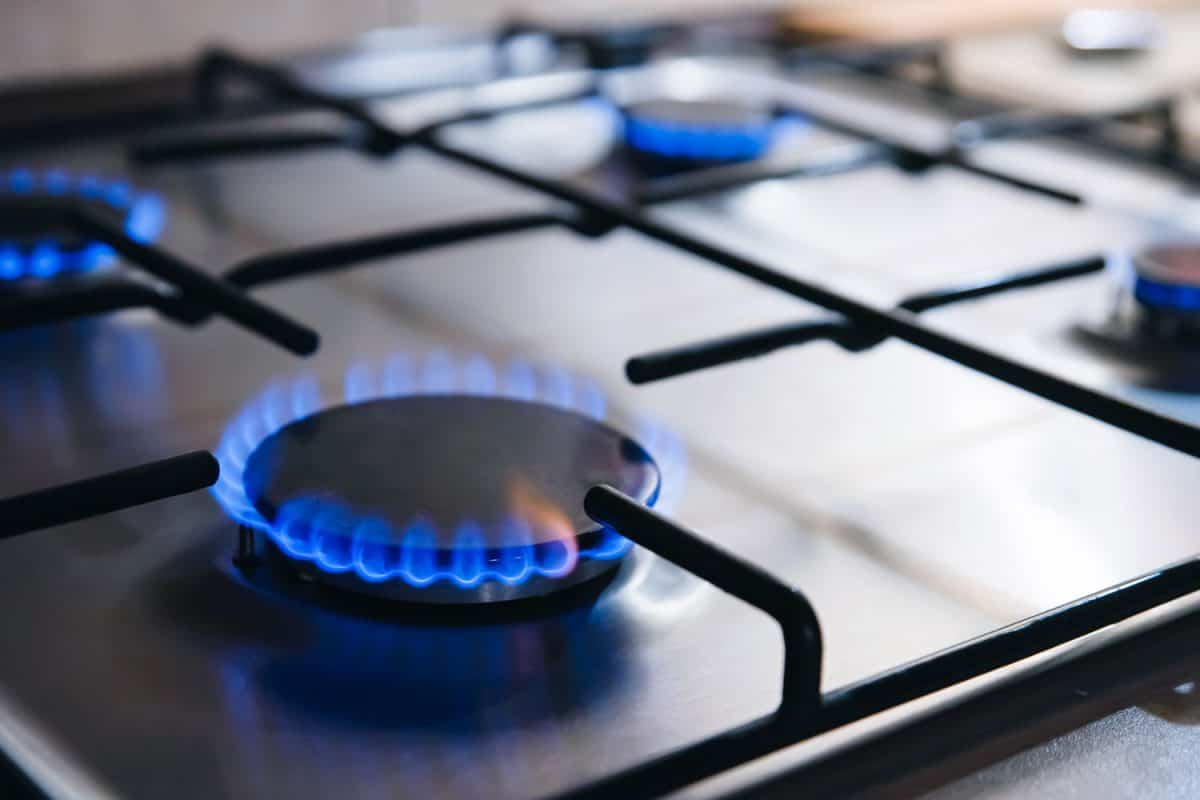
The fundamental reason is that the burners and oven heat up much faster than its competitor. But what about the material of the pots and pans? As we've mentioned above, gas stoves tend to be compatible with any material you so happen to choose.
Why It Works With Any Material
It still begs the question, why is any material compatible with gas stoves but not induction ones? The reasoning behind that is the way each one works. Induction cooktops use electric currents to heat pots and pans directly. It does so through a process known as magnetic induction.
To cook your food, it heats the pan/pot itself quickly. An electric current passes a coiled copper wire. It creates a magnetic current throughout the material you're using to produce heat.
This type of cooking will only work if the pan or pot you use is magnetic and has a flat bottom. So, materials like aluminum, copper, and glass will not work well on an induction stove.
A gas stove doesn't have this disadvantage. It heats your pan or pot through contact. As you can guess, this allows it to work with many cookware materials and shapes. Still, the disadvantage that comes with a gas stove is the heat distribution.
It's understandable since flames don't distribute heat in a uniform matter. So, you'll likely notice that some areas of the pot or pan tend to be hotter. Since you can change the temperature in an instant with a gas stove, you'll want materials that can hold up to the variations.
Summing It Up
All in all, you'll want materials that are durable and good heat conductors, meaning you want a pan/pot that can allow heat to flow through them adequately. With poor conductors, heat will not travel to the inside of the pot/pan quickly. So, you'll have to wait longer for food to cook.
It also depends on what types of dishes you tend to make. Some materials, even if they're not as good heat conductors, can shine through their versatility.
With that said, let's go over the best pots and pans for cooking on a stove.
The Best Materials to Use On A Gas Stove
Stainless Steel
It comes as no surprise that stainless steel is—once again—getting a mention as one of the best materials to use on a gas stove. Stainless steel is durable and non-reactive. It also has good heat retention.
The main advantage it has over the other materials is its durability. As some suggest, when compared to other materials, stainless steel tends to rank low in heat conductivity. To get the best out of this material, you'll want to preheat the pan until it's hot enough to cook foods.
Here's a YouTube video detailing how you would use one on a gas stove:
As far as performance goes, they're the most versatile of the bunch. It will require a bit of practice to get a non-stick experience. Best of all, it requires lower maintenance than most materials. Depending on the brand you purchase, it might even be dishwasher safe.
Aluminum
After mentioning stainless steel ranks low in heat conductivity, you might be wondering what ranks above it? Aluminum is one of the metals that is a better heat conductor than stainless steel. The problem that comes with using aluminum is its durability. It scratches and dents easily.
Additionally, it's reactive with acidic foods. If you really want to go with aluminum, you have the option to go for the anodized version. It's aluminum that's oxidized to make the surface no longer reactive. Durability is another issue that anodized aluminum has no problem with.
Still, even with the added benefits, you have to be careful when handling them. Anodized aluminum shouldn't be washed in a dishwasher, or else you could potentially mess with the coating.
You'll also find that the surface of anodized aluminum pans has a non-stick coating. So, if you're constantly working with foods that have a problem with sticking, anodized aluminum pans can help with that issue.
If you've been searching around and have wondered what's the difference between anodized aluminum and non-stick pans/pots, the answer is nothing.
As some suggest, they're the same thing. However, not all non-stick pans are anodized aluminum. The base will usually be this material, but it can also be other materials like stainless steel.
Cast Iron
Last but not least in our list, cast iron is another must-have material in your kitchen. It's not one of the best heat conductors, but it ranks above stainless steel.
It also excels at heat retention. And because of its good heat retention, you'll find cast iron pans/pots to be reliable cookware. If you want to get the best out of cast irons on a gas stove, you'll need to preheat it for a few minutes.
You can use cast iron to cook most foods, though it requires more attention than the other materials we've mentioned. It needs routine maintenance and seasoning to keep in working order.
Honorable Mention
Copper cookware is another option you might want to consider using on a gas stove. It's one of the best heat conductors. If you find yourself cooking delicate sauces often, copper cookware excels at responding to heat changes quickly. However, the downside to copper is its price.
Copper cookware is one of the more expensive options. If you go for copper cookware that has some sort of lining, you'll most likely have to get it redone in the future. As some users suggest, copper isn't a worthwhile investment unless you need precise heat control.
Can You Use Nonstick Pans on a Gas Stove?
Another honorable mention is non-stick pans. As we've mentioned above, non-stick doesn't refer to the type of material it uses.
The base will usually be anodized aluminum. But, you can find non-stick pans with a copper or stainless steel base. Regardless, non-stick pans usually have a surface layer known as polytetrafluoroethylene (PTFE).
It should be safe to use on a gas stove as long as you play by the rules. Teflon (PTFE) will break down if you're using heat that's hotter than 570 degrees Fahrenheit. Once it becomes hotter than that, the coating will release toxic chemicals into the air.
For this reason, others recommend using low and medium heat with non-stick cookware.
Is Anodized Cookware Good for Gas Stoves?
As we mentioned in our list, anodized cookware is one of the must-have tools to have in your kitchen. You won't see it in professional environments because they'll need reliable and durable pans or pots. In general, you'll most likely cook less often than a professional chef.
So, it will most likely last longer in your kitchen. Of course, it depends on how well you handle it. Regarding performance, it's a better conductor of heat than stainless steel.
How Hot Does a Gas Stove Get on High?
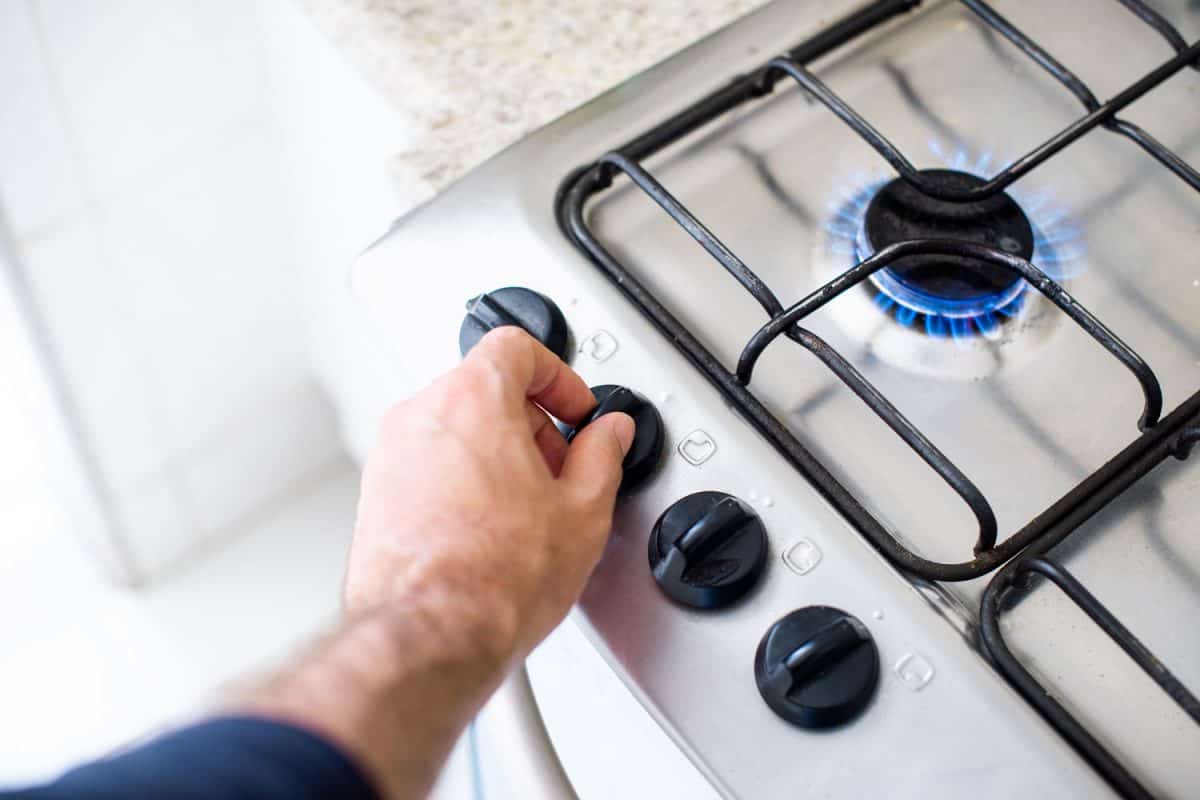
It can be difficult to be precise with temperature with how vague the labels are on the stove. You'll typically see low, medium, and high signs as your guide to how hot the stove can get. If you're wondering how hot a gas stove gets on the high setting, it depends.
Some suggest that the high setting will range anywhere from 300 to 500 degrees Fahrenheit. This setting is good for frying foods or caramelizing meats.
How Hot Does a Cast Iron Pan Get on a Gas Stove?
With how durable cast iron pans can be, you might be wondering if there's anything that can push their limits. Is it possible to overheat a cast iron pan on a gas stove? It might seem like a niche question. But, some forum users wanted to put it to the test.
For this reason, they've left a cast-iron skillet on the highest setting for their gas stove. The pan could get as hot as 500 degrees Fahrenheit. As the user claims, it got even hotter, reaching temperatures from 612-626 degrees Fahrenheit. As we can see, a cast iron pan can get really hot.
Final Takeaway
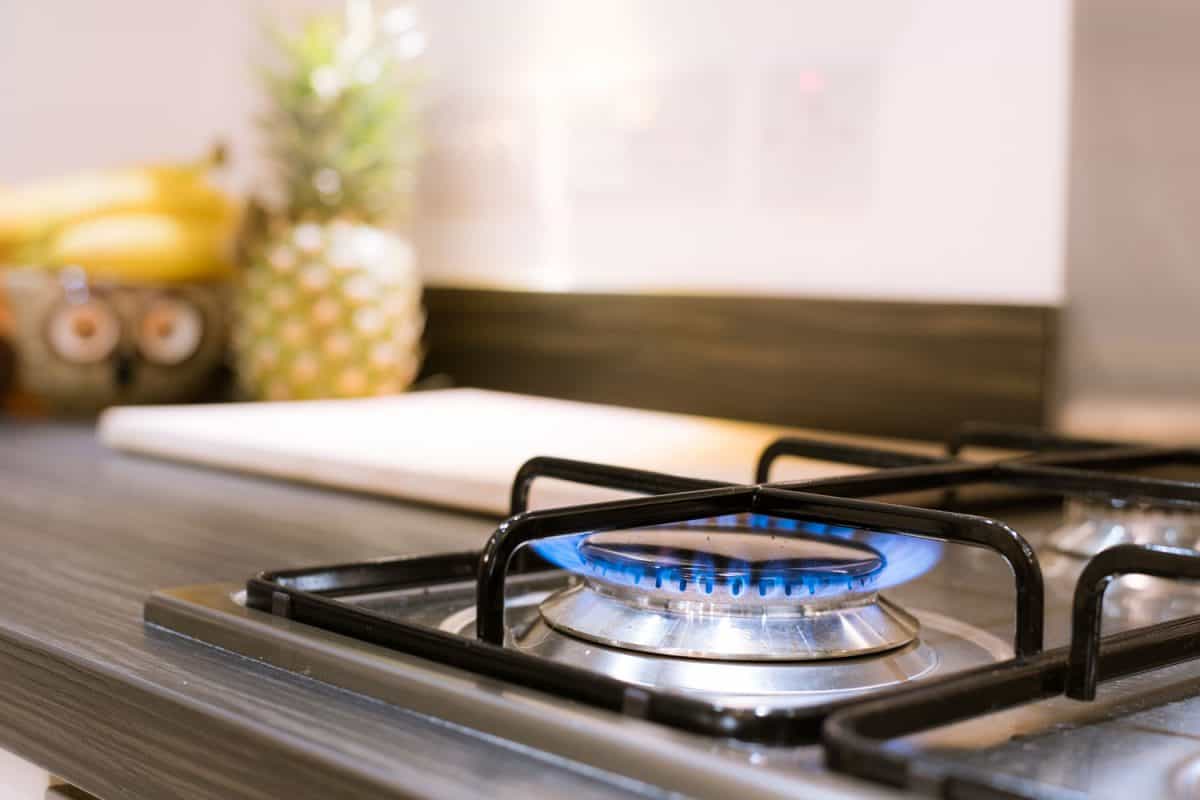
Getting the best pots and pans for your gas stove is the first step to improving your cooking skills. Of course, getting the best materials isn't enough. You'll also need to learn why you would want to use them. We hope you found the information above helpful!
Before you go, are you searching for help in other areas? Are you considering getting a cast iron for your gas stove? You'll probably want to know more about cooking with one. If you'd like to learn more, check out this post: What Oil Is Best For Cast Iron Cooking?
Is it your first time working with a gas stove? You'll need to maintain it to ensure it functions properly. If you'd like to learn how to clean the stovetop cast-iron grates, check out this post: How To Clean Gas Stove-Top Cast Iron Grates?
Until next time!

